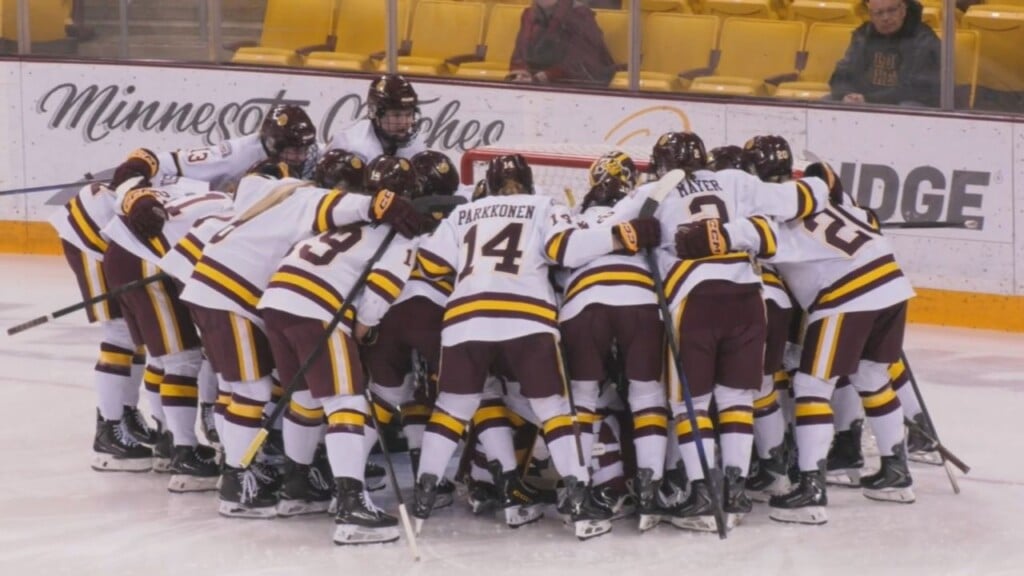NCAA Approves College Hockey OT Rules
Teams will be able to choose between two overtime options for conference points.
INDIANAPOLIS, Ind.- Over the last month, there have been pending changes in NCAA hockey overtime rules. Thursday, the NCAA announced that conferences will be allowed too choose from two formats after the five–minute five-on-five overtime period.
Teams can either use a five minute three-on-three period then a shootout or only a shootout to award additional conference points. Neither format is required as conferences can choose to end play after the five minute overtime. However the alternative options are not permitted during non–conference regular season games.
Other notable rule changes are as follows:
- Allowing the use of video review in situations where ejecting a player is being considered. Because such calls are critical and officials must currently make these determinations after viewing the play in real time, the Men’s and Women’s Ice Hockey Committee believes this change will be a positive.
- A redefining of slashing. The approved change states: “Any forceful or powerful chop with the stick on an opponent’s body, the opponent’s stick, or on or near the opponent’s hands that, in the judgment of the referee, is not an attempt to play the puck, should be penalized as slashing.”
- For a substitution to be legal, the player coming off the ice must be within 5 feet of the bench before the substitute may contact the ice.
- In overtime games, each team will have one timeout to use in overtime, regardless of whether a timeout was used during regulation play.
- The number of skaters allowed on each team will be increased to 19 (the current rule allows up to 18).
- A player who catches the puck must immediately place it on the ice for play to continue legally. If a player catches and conceals or throws the puck, a minor penalty shall be assessed.
- To reduce the number of video review situations, coaches must use a challenge to review goals scored where a potential high stick is involved or plays where the puck touches the netting out of play and leads to a goal.
INFORMATION COURTESY OF NCAA






